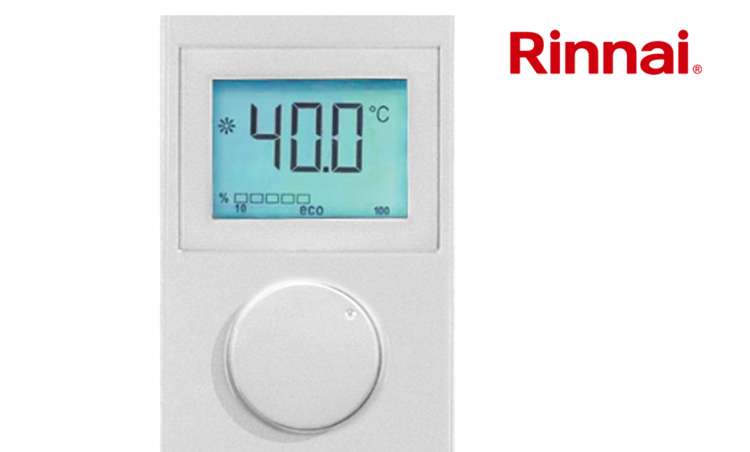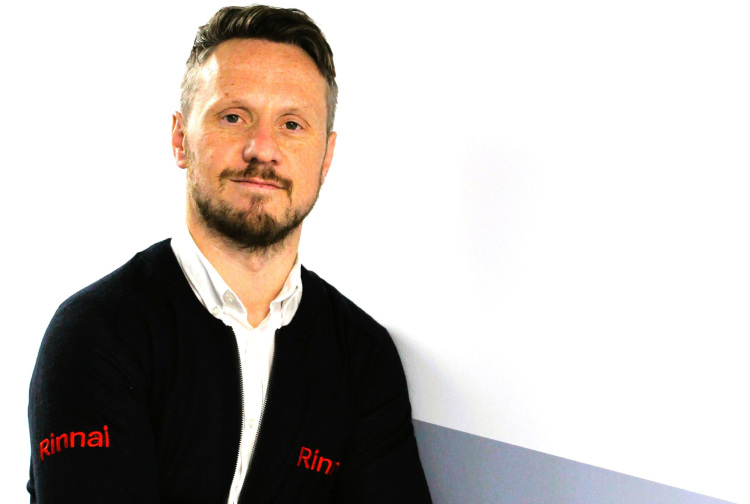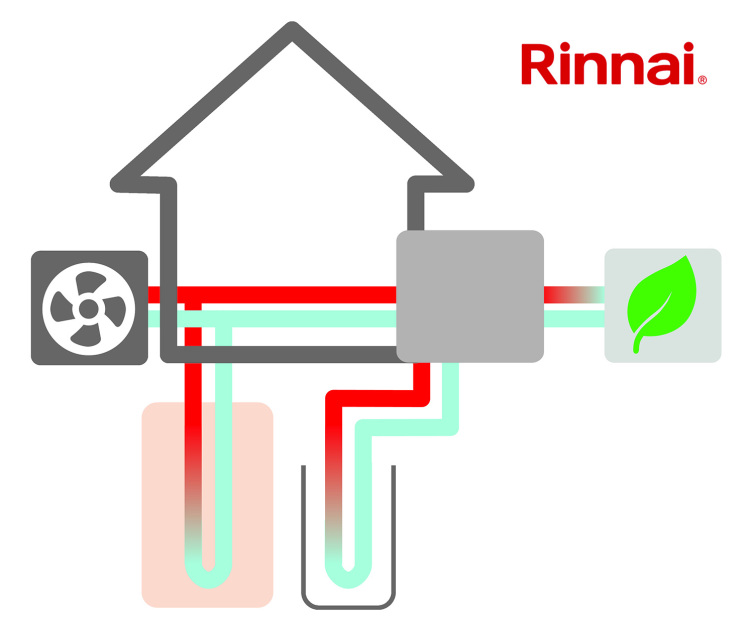01 July 2016 | Updated 01 January 1970
Eye protection continues to be recognised as one of the most fundamental protection areas in worker safety programmes, says Christine Mello-Blonay.
Eye injuries may not be the most common workplace injuries. However, when they do happen, they can have a massive personal impact on the sufferer, with temporary loss of sight or in the most extreme cases, severe and long-term impaired vision and/or blindness.
Key success factors for eye protection programmes include hazard avoidance, ensuring provision of the right solution for the right environment and ensuring worker buy-in. A simple 10-point plan should consider the following:
Spectacles – spectacles are suitable where full enclosure of the eye area is not required. Offering protection against high speed particles, all spectacles are tested from both the front and the sides. Various levels of lens treatments are available for environmental conditions.
Goggles – select goggles when workers are coming into contact with eye hazards such as dust, flying particles or liquid droplets, gases and vapours, molten metal and hot liquids, and a tight seal is required. Look for goggles with anti-scratch and anti-fog ventilation or with an anti-fog lens coating.
Faceshields – opt for faceshields when workers have the potential to come into contact with hazards such as flying solid particles or liquid droplets, arc flash, molten metal and hot solids.
Sizing – it is vital that the eye protection fits well and is comfortable for the wearer. Look for different width sizes and additional features such as an adjustable nose bridge to help keep eyes centred in the lens and reduce eye fatigue.
Comfort – any PPE selected should be comfortable as this is the major factor in determining worker acceptance and wear over the course of a full work day.
Flexibility – consider safety eyewear that incorporates added wearer features such as ratcheting temple hinges on spectacles, enabling the wearer to tailor the fit and customise the lens angle for greater protection.
UV protection – where light is an issue, go for a product that offers 99.9% UV protection and a proper coating to ensure anti-fog, anti-static and scratch-resistant properties meeting the EN166 European Standard.
Close fitting – the closer the fit – with ideally little or no gap between the lens, frame and the wearer’s face where spectacles are concerned – the better.
Wider PPE compatibility – if eyewear has to be worn with other forms of PPE – such as hard hats or hearing protection – ensure it is compatible and the use of one does not compromise the use or performance of another.
Prescription eyewear – most people over the age of 40 wear spectacles all or part of the time, yet many do not use prescription eyewear in the workplace. If they do wear it under goggles or faceshields, there should be an adequate gap between the two.
Review
All eye protection programmes, even established ones which follow the points outlined above, should be reviewed on a regular basis. By reviewing training and reinforcing the message about the importance of eye protection, safety managers can gain worker insight, feedback and buy-in.
By Christine Mello-Blonay, Senior Product Manager for Honeywell Industrial Safety
Article written by Christine Mello-Blonay | Published 01 July 2016
Share
Related Articles
Mercury Rising, Straw Dogs, Hot Fuzz, Top Guns, The Crown & Vikings
We've got an FM Digest so good you'd almost want to make a movie out of it. Mercury have taken the Almac contract; Elior are eliminating plastic straws; Tenon are...
Read Full Article
Skanska Wins Contract for 20 Ropemaker Street
Skanska has won a £240 million contract to construct 20 Ropemaker Street in Central London for Great Elm Assets Limited, in association with Old Park Lane...
Read Full Article
X Marks The Spot Of The Tallest Tower In Town
The City of London Corporation has approved 1 Undershaft - AKA The Trellis - which will be the second tallest building in the Capital after The Shard and thus the second...
Read Full Article
Airline Company Guilty For Unsafe Operation of Passenger Lift
Flybe, the airline company, was sentenced on 4 February 2020 for the unsafe operation of a passenger lift. Meanwhile, a number of other firms have found themselves...
Read Full Article
A Top Ten Guide To Making Your Venue More Accessible
Eight venues have received awards from the disabled access charity Euan’s Guide for their work welcoming disabled visitors – and this prompted ThisWeekinFM to...
Read Full Article
Tackling The People Challenge Through Technology
Report - CBRE and ThisWeekinFM recently lead a delegation of experts to provide a briefing on technology in workplace and real estate strategy.
The breakfast briefing...
Read Full Article
Net Zero Rush-Through Criticised By Lords, Forum Claims
The Global Warming Policy Forum has claimed the House of Lords has rebuked the Government for rushing through a commitment to a Net Zero economy.
The Forum refutes the...
Read Full Article
Holland Match - It's All Gone Gooee Over There
ProptTech history has been made with global M&E firm Croonwolter&dros agreeing to connect the 5,000 commercial buildings it runs in the Netherlands to the...
Read Full Article
'IRA' Claim Parcel Bomb Responsibility In Correctly Coded Call
A claim has allegedly been made on behalf of the ‘IRA’ for the parcel bombs that were delivered to premises in the UK - using a recognised codeword.
A call...
Read Full Article
Emcor UK Takes Insurance On TFM Contract
Emcor UK, has been awarded a contract with multinational insurance company RSA Insurance Group which is being described as a total facilities management contract. It will...
Read Full Article


.gif)
.gif)


.png)
.gif)

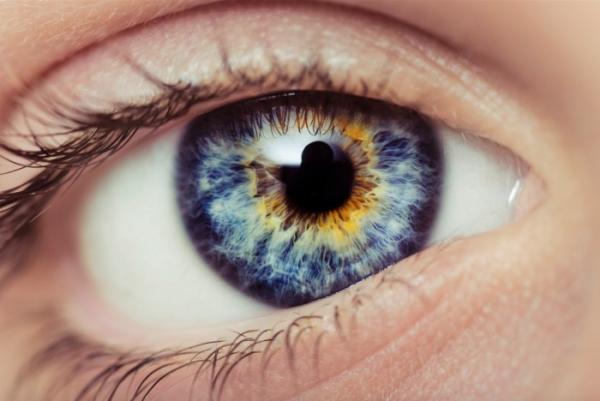
.png)

.jpg)
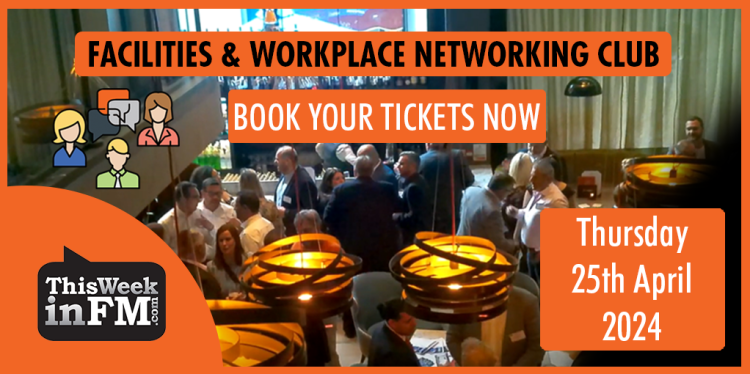
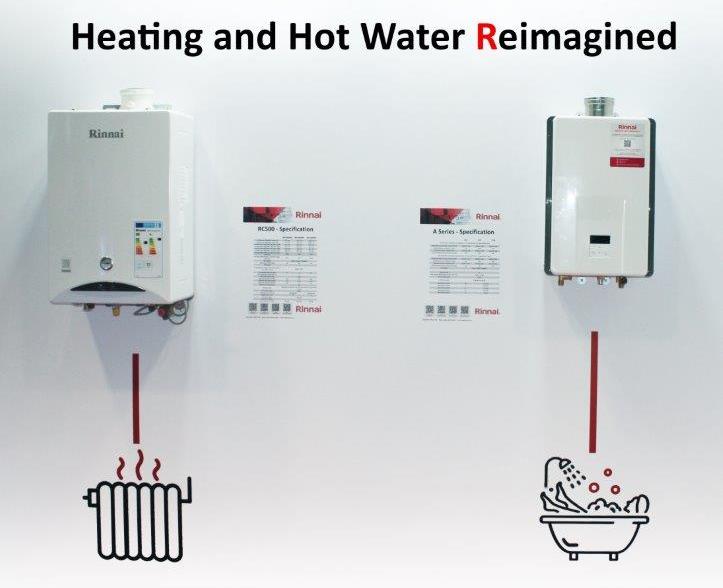
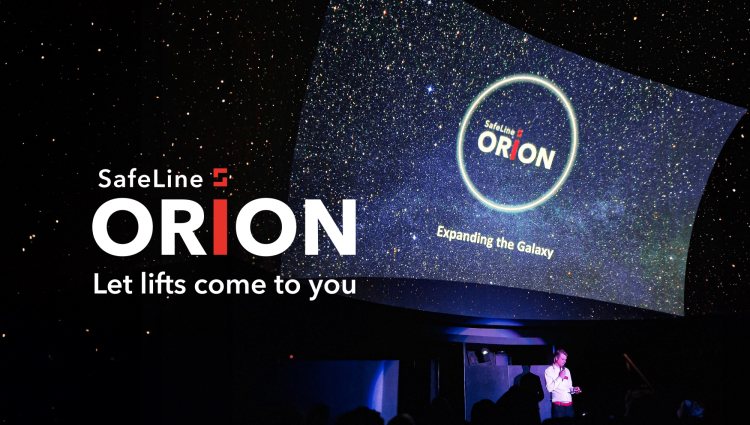
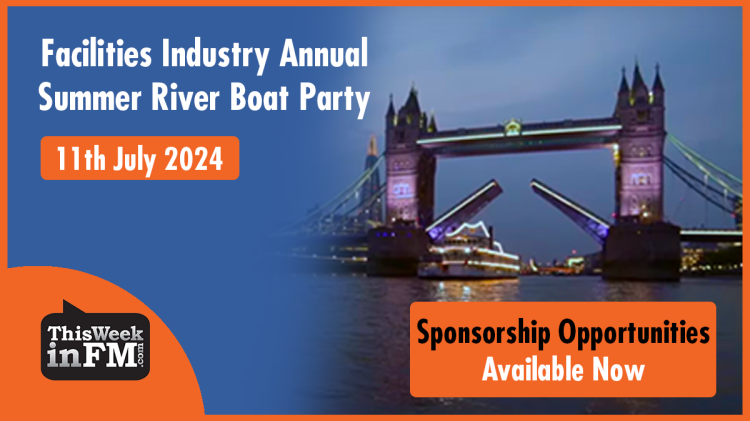
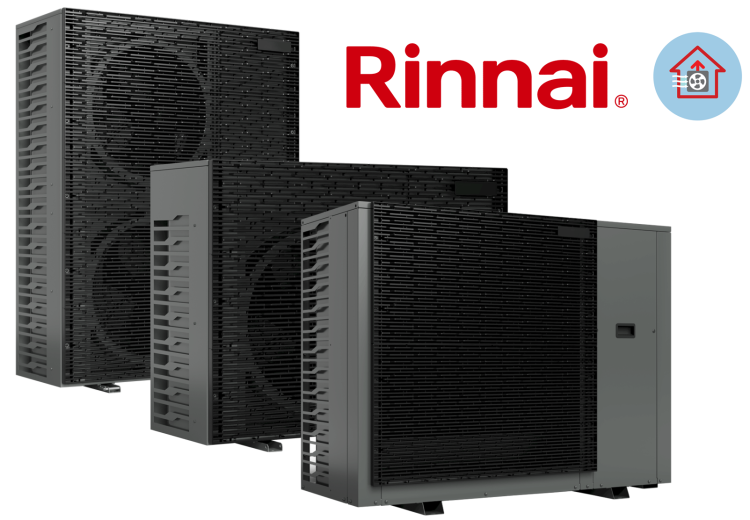
.jpg)
